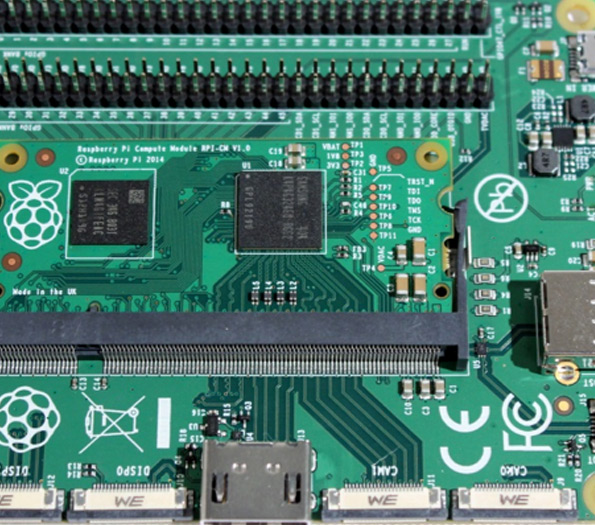

Understanding Low-E Glass Prices Factors and Trends
Low-emissivity glass, commonly known as Low-E glass, has transformed the way we think about energy efficiency in buildings. This special type of glass is coated with a thin layer of materials that limit the amount of infrared (heat) and ultraviolet (UV) light that can pass through it without compromising the amount of visible light. As energy conservation becomes increasingly crucial, the demand for Low-E glass is on the rise, but so are its prices. This article will delve into the factors influencing Low-E glass prices and the trends shaping this market.
Understanding Low-E Glass and Its Benefits
Low-E glass offers numerous benefits that make it a popular choice for windows in residential and commercial buildings. The most significant advantage is energy efficiency. By reflecting heat back into a building during winter and keeping it out during summer, Low-E glass can significantly reduce heating and cooling costs. Furthermore, it protects interior furnishings from UV damage, which can lead to fading over time. With the world becoming increasingly energy-conscious, many construction codes and guidelines now prioritize the use of energy-efficient materials like Low-E glass.
Factors Influencing Low-E Glass Prices
1. Raw Material Costs The production of Low-E glass involves specialized coatings that often originate from rare materials. Fluctuations in the prices of these raw materials can directly impact the final price of the glass. For example, silver, a common component in Low-E coatings, has a highly volatile market which can drive prices up unexpectedly.
2. Manufacturing Processes The technology and processes used in producing Low-E glass can vary significantly among manufacturers. Advanced methods like magnetron sputtering or pyrolytic deposition require specialized equipment and expertise, contributing to higher production costs. Manufacturers offering high-quality Low-E glass with superior insulation properties may charge a premium.

3. Energy Regulations With various governments implementing stricter energy efficiency guidelines, there has been a heightened demand for Low-E glass. These regulations often necessitate the replacement of traditional glazing with Low-E options, boosting demand further. This rise in demand can lead to increased prices as suppliers may struggle to meet the influx of orders.
4. Market Competition The competitive landscape in the Low-E glass market also plays a crucial role in pricing. As more manufacturers enter this growing market, competition can drive prices down. However, if a few dominant players hold significant market shares, they can influence prices upward by limiting supply or introducing premium products.
5. Geographical Location Prices for Low-E glass can vary not just by manufacturer but also geographically. In regions where energy efficiency standards are more stringent, the demand for Low-E glass may be higher, leading to increased prices. Conversely, areas with less emphasis on energy efficiency may see lower demand and, consequently, lower prices.
Current Trends and Outlook
In recent years, the Low-E glass market has seen steady growth, largely fueled by rising awareness about energy conservation and sustainability. Trends such as smart glazing technology, which allows for dynamic adjustments to glass properties based on external conditions, are gaining traction, further pushing the boundaries of Low-E glass applications.
Moreover, the growing construction of green buildings certified by organizations such as LEED (Leadership in Energy and Environmental Design) ensures that Low-E glass remains a staple in modern architecture. As manufacturers innovate to produce more efficient Low-E coatings, we may see new products entering the market that could alter pricing dynamics in the coming years.
In conclusion, the price of Low-E glass is influenced by a combination of raw material costs, manufacturing processes, regulatory environments, market competition, and geographical factors. As demand for energy-efficient solutions continues to rise, understanding these price dynamics becomes essential for both consumers and industry stakeholders. Investing in Low-E glass not only contributes to energy savings but also promotes a sustainable future.